The first day of school in the ’80s wasn’t just about new clothes and fresh haircuts—it was about marching into class with the coolest supplies money could buy. We begged our parents for items we absolutely didn’t need but desperately wanted, turning school supply shopping into an Olympic sport of negotiation. Let’s reminisce about those coveted tools of learning that made us the envy of the classroom.
1. Trapper Keeper
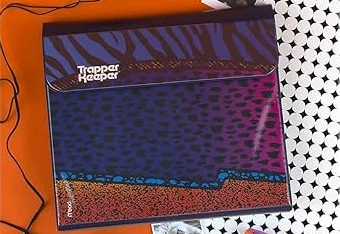
The ultimate status symbol of ’80s school organization, these colorful binders with their Velcro closures and built-in folders revolutionized note-taking—at least that’s what we told our parents. The real appeal was the radical designs featuring Lisa Frank unicorns, sports cars, or geometric patterns. The satisfying “rrrrrip” of opening the Velcro was the soundtrack of a generation. Mental Floss unpacks the fascinating history behind this fancy folder and how revolutionary it was just by having vibrant designs.
For many kids, the Trapper Keeper became more of a rolling filing cabinet than an actual organizational tool. We stuffed them with notes from friends, magazine clippings, and half-finished homework until they bulged like overfed pythons. By October, the Velcro barely held, and loose papers created a confetti explosion whenever opened.
2. Lisa Frank Everything

Neon rainbow leopards, glittery polar bears, and dolphins jumping over magical planets—Lisa Frank turned everyday school supplies into psychedelic masterpieces. From folders to pencil cases to stickers, every item screamed with fluorescent intensity that could be seen from space. Girls especially coveted these eye-searing accessories. Scripps News explores whether this company has a comeback in its distant future.
The designs were so bright they seemed to vibrate, making concentration in class nearly impossible. But that was the point—who needed to learn long division when your notebook featured puppies riding hot air balloons across a purple sky? These items cost more than standard supplies, but the social cache was priceless.
3. Yikes! Pencils
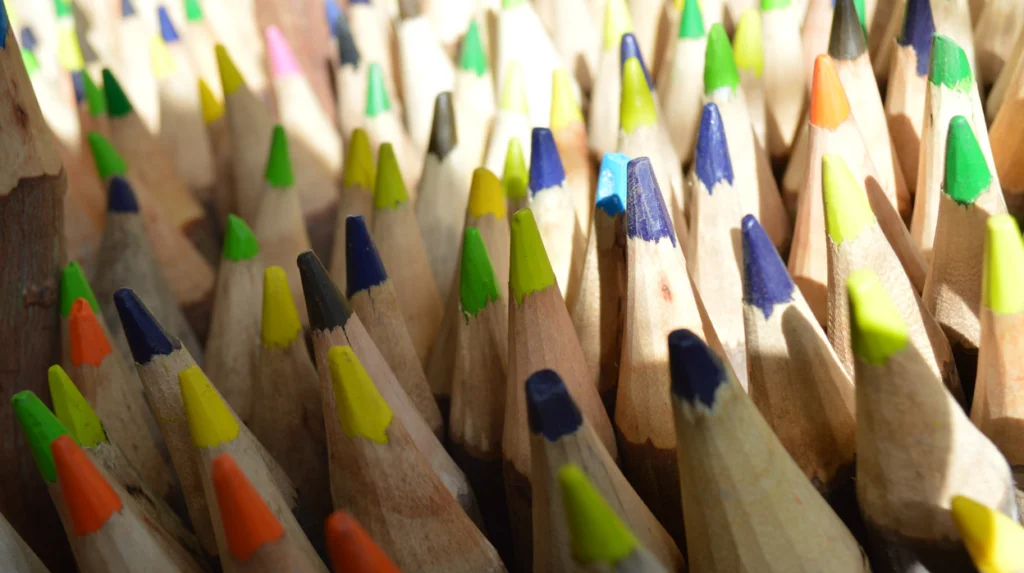
These triangular marvels weren’t just pencils—they were a statement. With their unconventional shape and electric colors, Yikes! pencils promised to revolutionize handwriting. They came individually or in sets with special erasers shaped like pyramids or zigzags. The triangular design was supposed to improve grip, though mostly it just made them hard to sharpen. Woodclinched explores the impact of these classroom tools as a symbol of schooltime fun for several generations across multiple decades.
Kids traded these pencils like currency, with rare colors commanding premium exchanges in the cafeteria. The “Neon Novas” set was particularly coveted, featuring pencils in colors that had no practical use for actual schoolwork. They rolled off desks constantly, but that small price to pay for coolness.
4. Scented Markers

Mr. Sketch markers turned coloring time into a full sensory experience. Each color had its own distinct scent—cherry red, licorice black, mint green—creating a rainbow of aromas that probably violated several school air quality standards. Kids would sniff these markers until they got headaches, then line up for more.
These markers cost a fortune and dried out faster than standard markers, especially after repeated sniffing sessions. The brown marker (cinnamon scent) was universally cherished, while the black licorice marker divided classrooms faster than opinions on Brussels sprouts. Many art projects were designed solely around which scents we wanted to smell.
5. Mechanical Pencils with Multiple Lead Colors
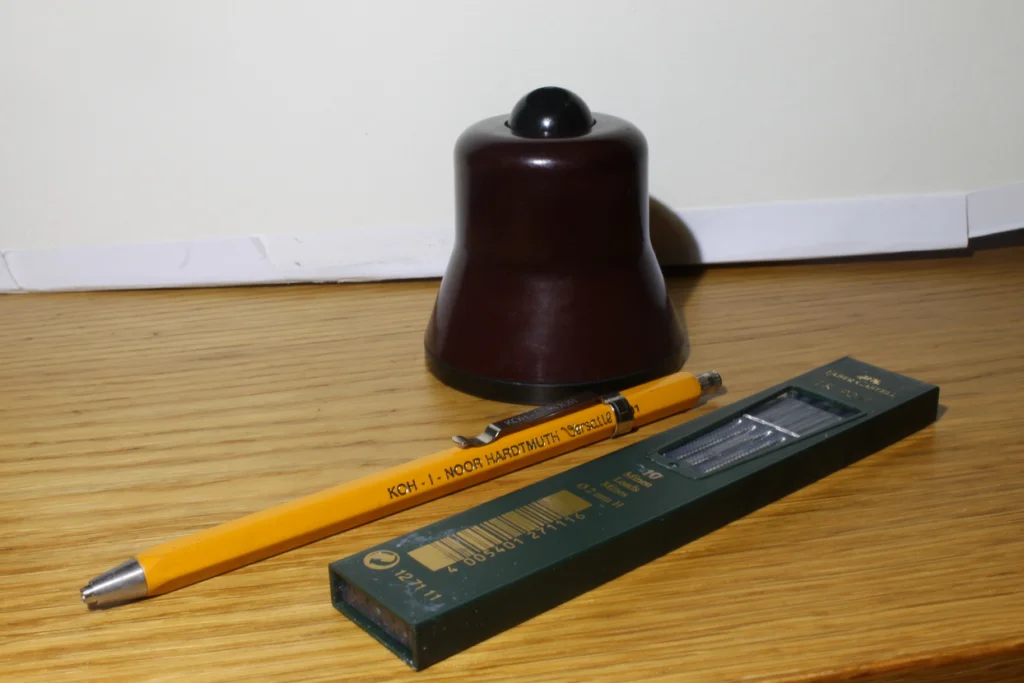
Why settle for boring gray lead when you could write in pink, blue, or green? These novelty mechanical pencils came loaded with different colored leads that could be switched by clicking the top. Some featured four colors in one barrel, creating the ultimate note-taking weapon—in theory, anyway.
In practice, these pencils were mechanically temperamental and constantly jammed. The colored leads broke easily and were impossible to sharpen. Teachers hated them because notes became unreadable in certain colors, but kids loved the ability to color-code their doodles during math class.
6. Personalized Pencil Case
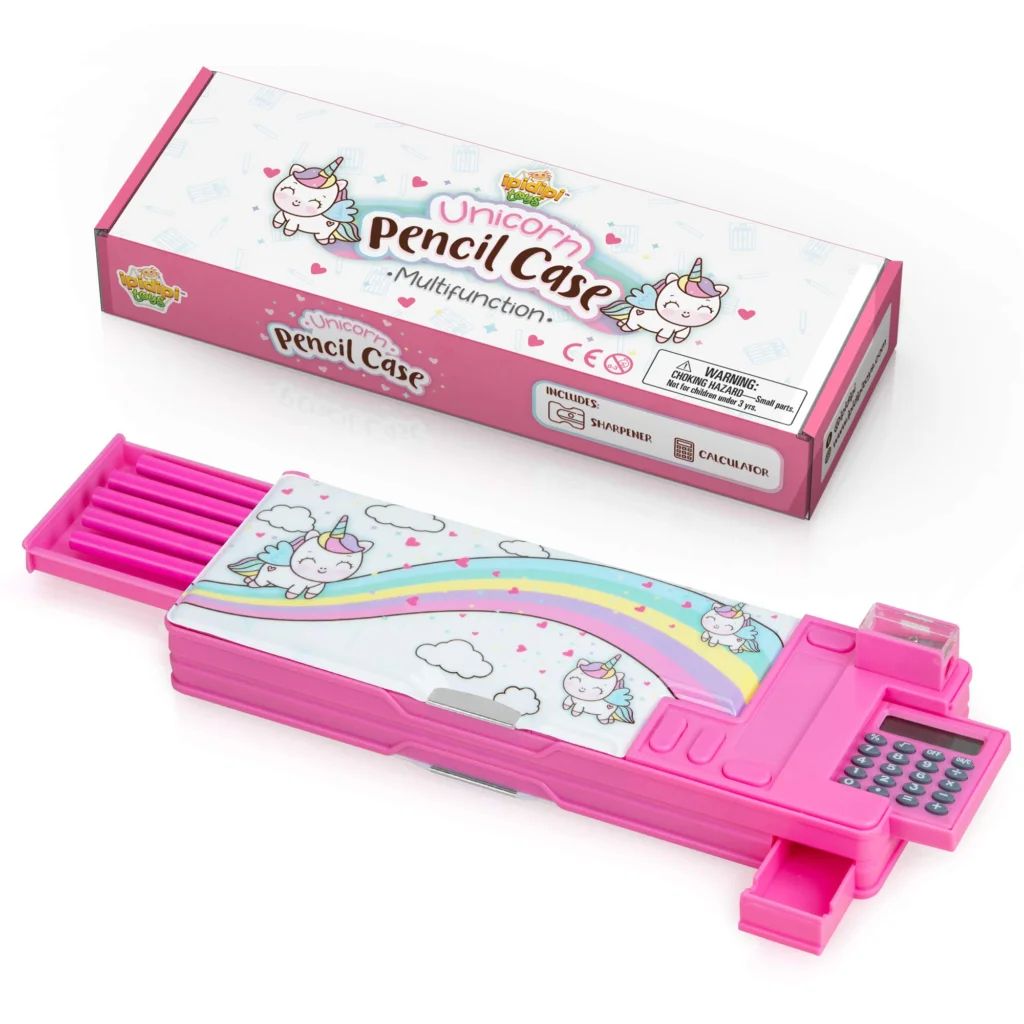
These plastic or vinyl cases weren’t just storage—they were portable art galleries. Some featured cartoon characters, while others came with clear pockets where kids could insert their own photos or drawings. The fanciest versions had multiple compartments, built-in sharpeners, and even tiny calculators that never worked.
By mid-year, these cases became time capsules of desk clutter: broken crayon bits, dried-out pens, lucky erasers, and paper clips bent into various shapes. The personalization usually faded or peeled off, but that patina of wear only added to their charm—or so we told ourselves.
7. Eraser Collection
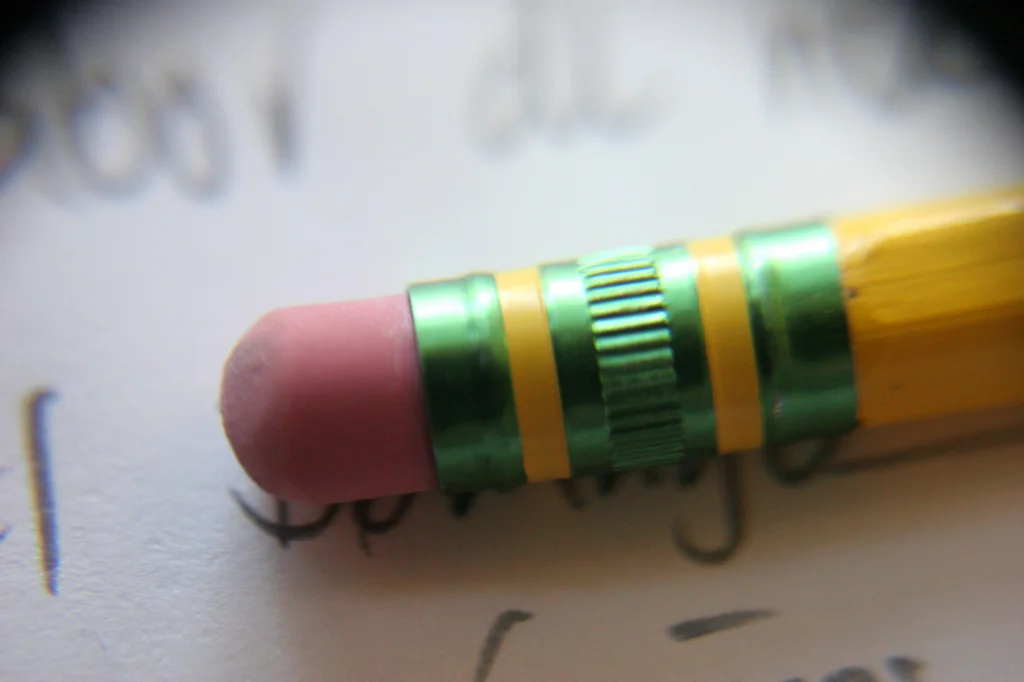
No ’80s kid settled for plain pink erasers when a whole world of novelty erasers existed. From food-shaped erasers that looked good enough to eat (and some kids tried) to puzzle erasers that came apart and reassembled, these items were more toy than tool. Some even had scents that mixed strangely with the smell of rubber.
These erasers rarely erased anything effectively. The cute designs made them awkward to hold, and they often left colorful smudges instead of clean pages. But who cared about functionality when your eraser looked like a hamburger complete with tiny sesame seeds on the bun?
8. Holographic Folders
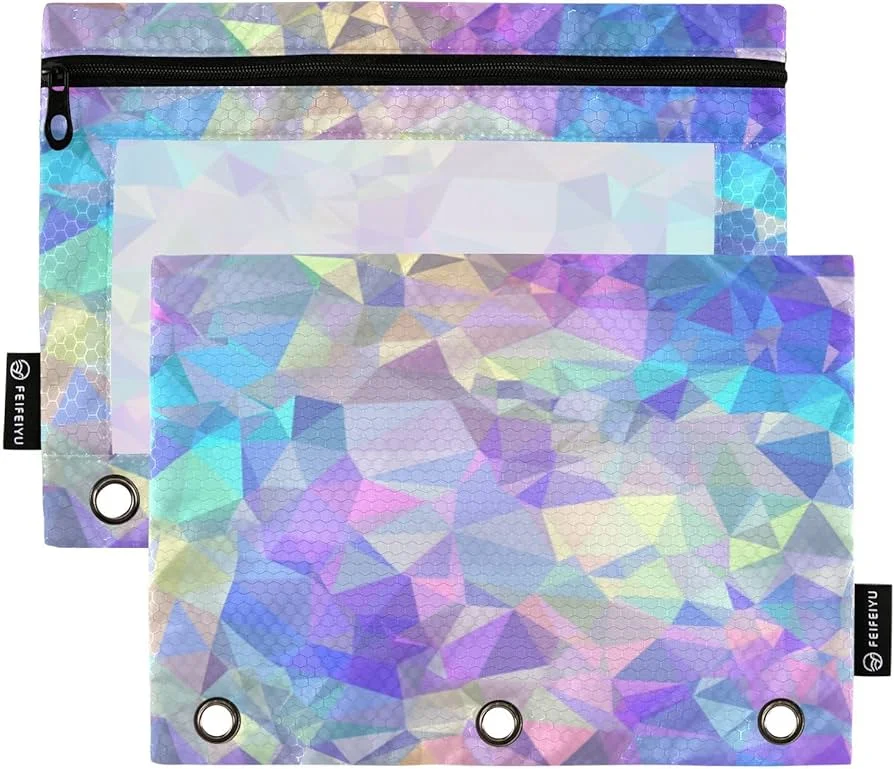
These folders caught light and split it into rainbow patterns, turning mundane paper storage into a disco light show. Every movement created shifting colors that hypnotized both owner and classmates. The most coveted designs featured geometric patterns or nature scenes that seemed to move as you tilted them.
These folders cost more than regular ones and showed every fingerprint and scratch. By mid-semester, the holographic coating would start peeling at the edges, creating sharp corners that could cut fingers. But oh, that magical effect was worth the price and the papercuts.
9. Fancy Scissors
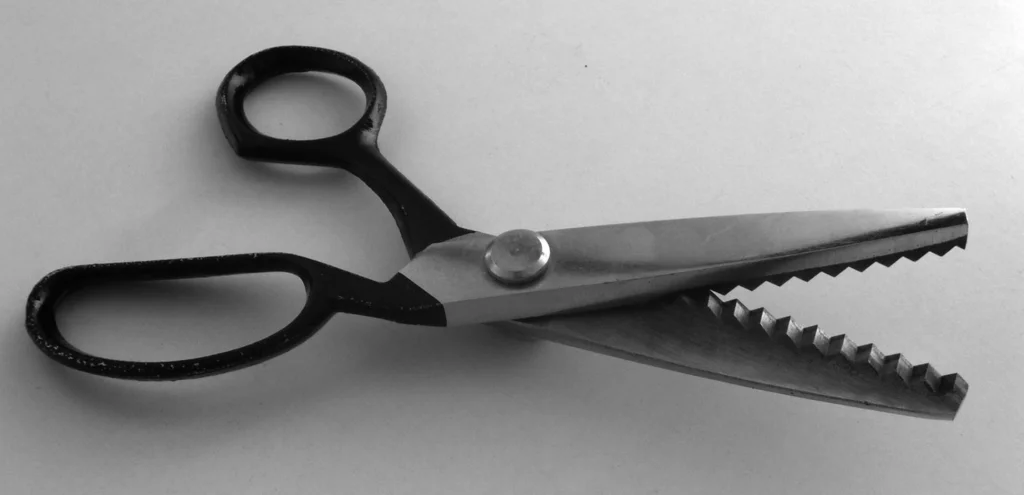
Basic scissors were for kindergarteners. Real ’80s kids needed scissors with colored handles, designer blades that cut zigzag or wavy patterns, or even built-in hole punches. Some came in special cases with multiple attachments, turning basic cutting into a craft extravaganza.
Teachers quickly banned these from regular classroom use after too many “decoratively trimmed” homework assignments. But during art time, kids would compete to see who could create the most elaborate paper borders. The scissors rarely worked as well as advertised, but that didn’t stop us from begging for the deluxe sets.
10. Stamp Markers

These hybrid tools combined felt-tip markers with rubber stamps at the opposite end. Kids could draw a picture and then add perfect stars, hearts, or smiley faces with a simple press. The coolest sets included alphabet stamps, allowing for personalized messages in raised, colorful letters.
In reality, the stamps quickly deteriorated from constant use, the ink bled through cheap notebook paper, and the markers dried out while kids spent too much time stamping everything in sight. Still, the possibility of combining drawing and stamping made these irresistible to aspiring artists everywhere.
11. Calculator Watch

These digital marvels promised to make math class a breeze—if only teachers hadn’t immediately banned them as cheating devices. Even when prohibited, kids wore them as status symbols, showing off their technical sophistication during recess. The tiny buttons made actual calculations frustrating, but looking down at your wrist and seeing those digits made you feel like a spy.
These watches ate through batteries faster than you could say “long division,” and the tiny buttons often stuck or failed completely. But the thrill of potentially having math answers at your fingertips made them worth every penny of allowance money.
12. Puffy Stickers
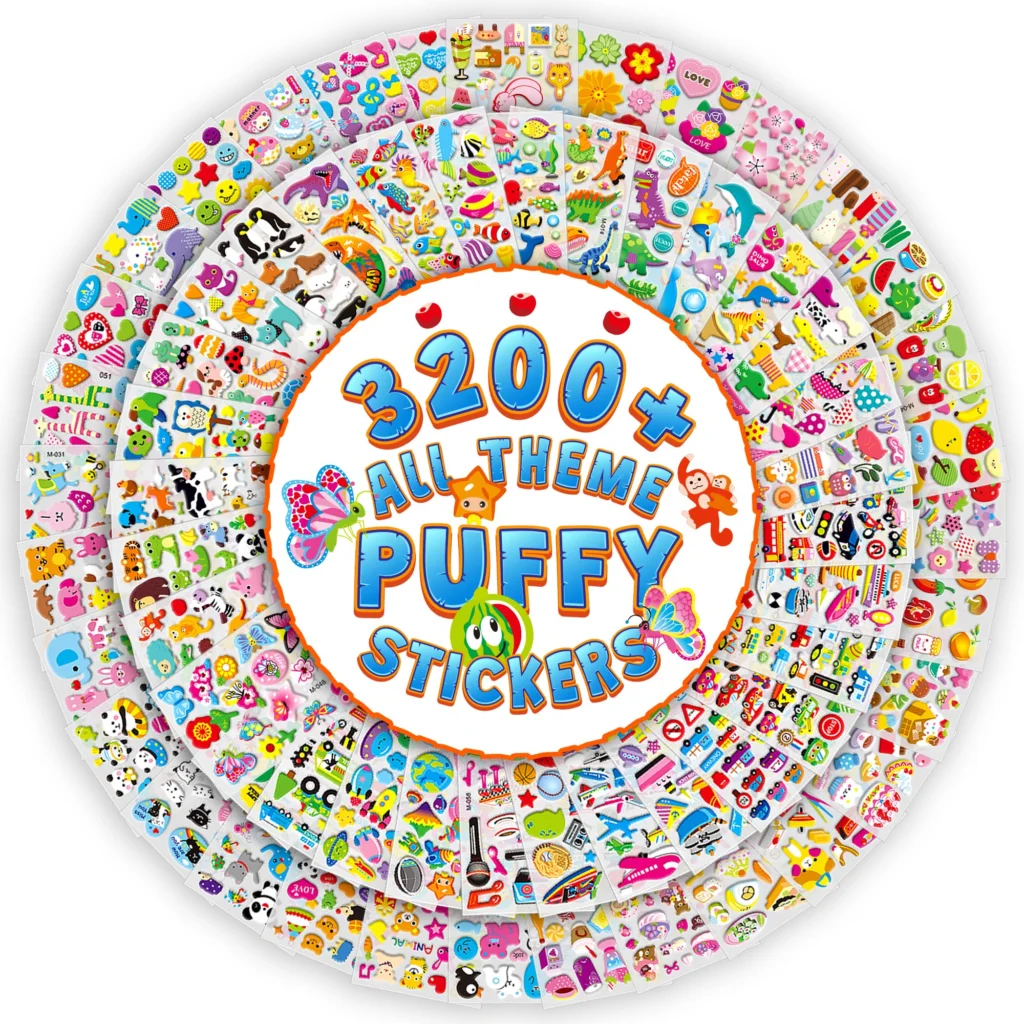
These three-dimensional stickers added tactile interest to otherwise flat notebooks and folders. From shiny metallic finishes to fuzzy textures, puffy stickers turned ordinary school supplies into sensory experiences. Kids collected them obsessively, creating sticker albums that functioned more like photo albums of childhood memories.
The adhesive on these stickers was notoriously unreliable—they either fell off within days or became permanently fused to surfaces where they didn’t belong. But removing them from their original sheets and placing them was a ritual that required concentration and reverence, making each sticker placement a momentous occasion.
Walking into class with these supplies made us feel rich, even if our parents had taken out a second mortgage to afford them. These items may not have improved our grades, but they certainly improved our status in the complex social hierarchy of ’80s elementary school. And isn’t that what education was really about?


